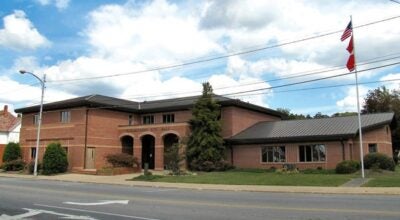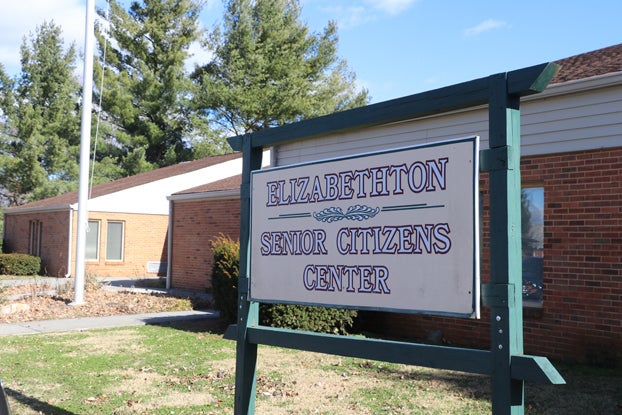Panel to dedicate Blue Rays Field as historic landmark
Published 10:14 am Tuesday, March 17, 2015
Members of the Elizabethton Historic Zoning Commission are in the midst of the planning process for the dedication of the city’s newest historic landmark.
Commissioners are working to organize a ceremony recognizing the Blue Grays Field at Douglas Park, which was added to the city’s historic sites last August.
The Blue Grays Field was the home of Elizabethton’s black semiprofessional baseball from 1935 to 1955. The Blue Grays were a barnstorming team, meaning they traveled throughout the South playing road games.
But the history of the field extended even further back than that.
“The city of Elizabethton has a very powerful and unique place in history regarding the era of the Negro leagues and independent barnstorming teams,” Cedar Grove Foundation Director and commissioner Jacey Augustus said. “It is of the utmost importance to protect it. We are the only town in the area who can lay claim to being the home of a semi-pro Negro league.”
The Blue Grays had players from Elizabethton, Johnson City, Kingsport, Bristol, Greeneville and other areas in surrounding states.
The Cedar Grove Foundation, along with other volunteers, supporters and Blue Grays family members had been working for 15 years researching the history of the team and then for 12 years working to gain a historic designation for the field, Augustus said.
The field is behind the Elizabethton City Schools administration building; the historic designation extends only to the area where the ball field used to be.
Augustus pointed out the field had historic significance to the Cedar Grove community beyond being the Blue Grays’ home field.
Before the property was cleared for the ball field, it was covered in cedar trees, which is where the community got its name. The area was also the meeting place for the fraternal order of the Knights of Pythias, Augustus said.
“Most people are used to the community being called the ‘Douglas Community,’ but that’s not the original name,” Augustus said. “The fraternal order of the Knights of Pythias originally held meetings in the 1800s on the Blue Grays baseball field when it along with entire community was completely covered with large cedar trees, hence the name ‘Cedar Grove Community.’ ”
The Knights of Pythias established themselves and started to meet on the field that would become the home of the Blue Grays. The community was named by both enslaved and freemen, along with enlisted United States Colored Troop soldiers from the Civil War, Augustus added.
The Colored Troop soldiers were denied membership to the white Knights of Pythias, so they established and incorporated their own to “offer a mission of friendship, charity and benevolence to the community and their Civil War soldiers.” They would later build a small building on South Lynn Avenue to host meetings, Augustus said.
The field is now used by families in the community and local ball teams, which mirrors the use of the field by the community as far back as the 1800s, Augustus said.
“Even as far back as the 1800s, the field has always served as a meeting place for the community,” Augustus said. “It was always common for picnics and baseball games to be held there as a way for the community to socialize, especially after church.”
Augustus asked the dedication for the field be held to coincide with the installation of the state historic marker. The state historic commission meets again in June and September, and she plans to have the application ready for them then.
The city is in the process of planting trees on the field to take it back to what it looked like when cedar trees filled the area, Director of Planning Jon Hartman said. In addition to the historic sign, a possible informational kiosk could be added to the site.
The commission also discussed developing incentives to property owners for being a part of the historic district. Chairwoman Sarah Baker asked other commissioners to brainstorm ideas that they could discuss at a later date.
“We have learned that homeowners want an incentive to be a part of the historic district,” Baker said. “I want people to know there is a historic district here and that we do care and that we want to address issues that happen in the historic district. I am asking that we take steps to start the basic planning for this.”



